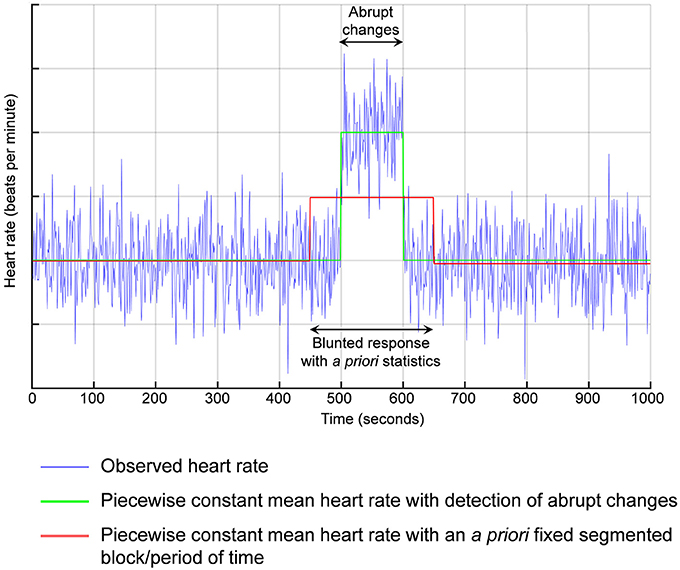Aperçu: G.M.
Les chercheurs décrivent et évaluent une hypothèse intégrative pour aider à expliquer
les principales caractéristiques neurocognitives des individus atteints
de délétions et de doublons de la région du syndrome de Williams.
Neurosci Biobehav Rev. 2017 May 10;79:14-26. doi: 10.1016/j.neubiorev.2017.05.004.
Williams syndrome deletions and duplications: Genetic windows to understanding anxiety, sociality, autism, and schizophrenia
Author information
- 1
- Department of Biological Sciences, Simon Fraser University, Burnaby, British Columbia, V5A 1S6, Canada. Electronic address: crespi@sfu.ca
- 2
- Department of Biological Sciences, Simon Fraser University, Burnaby, British Columbia, V5A 1S6, Canada.
Abstract
We
describe and evaluate an integrative hypothesis for helping to explain
the major neurocognitive features of individuals with Williams syndrome
region deletions and duplications. First, we demonstrate how the
cognitive differences between Williams syndrome individuals, individuals
with duplications of this region, and healthy individuals parallel the
differences between individuals subject to effects of increased or
decreased oxytocin. Second, we synthesize evidence showing that
variation in expression of the gene GTF2I (General Transcription Factor
II-I) underlies the primary social phenotypes of Williams syndrome and
that common genetic variation in GTF2I mediates oxytocin reactivity, and
its correlates, in healthy populations. Third, we describe findings
relevant to the hypothesis that the GTF2I gene is subject to parent of
origin effects whose behavioral expression fits with predictions from
the kinship theory of genomic imprinting. Fourth, we describe how
Williams syndrome can be considered, in part, as an autistic syndrome of
Lorna Wing's 'active-but-odd' autism subtype, in contrast to
associations of duplications with both schizophrenia and autism.
Copyright © 2017 Elsevier Ltd. All rights reserved.
- PMID: 28499504
- DOI: 10.1016/j.neubiorev.2017.05.004
 Cédric Hufnagel
Cédric Hufnagel Patrick Chambres
Patrick Chambres Pierre R. Bertrand
Pierre R. Bertrand Frédéric Dutheil
Frédéric Dutheil